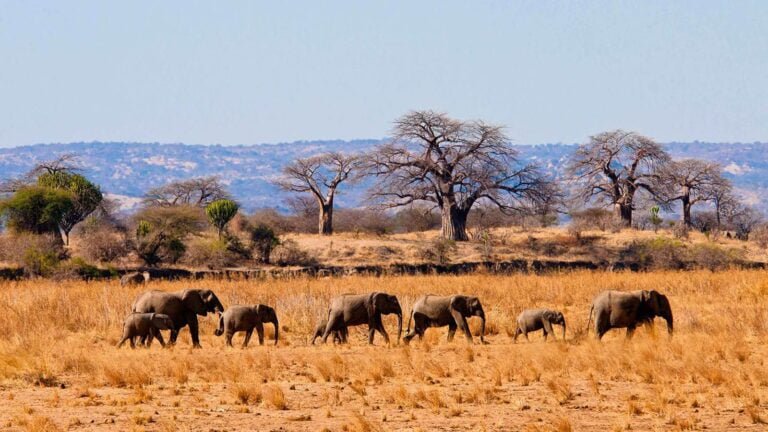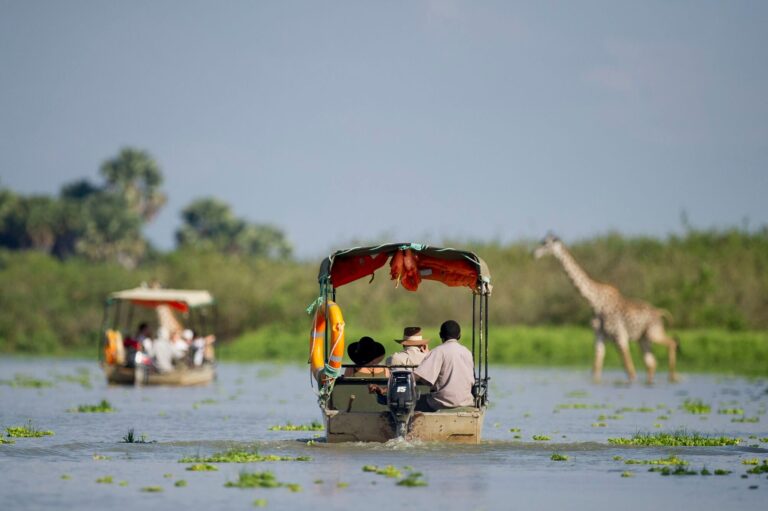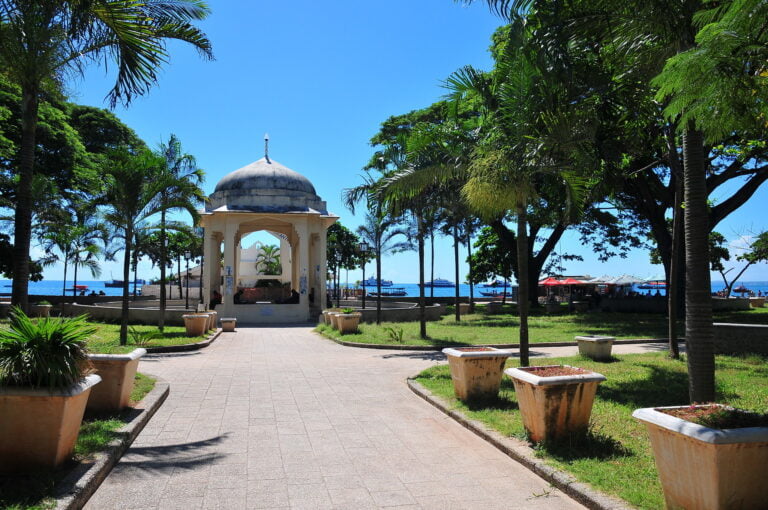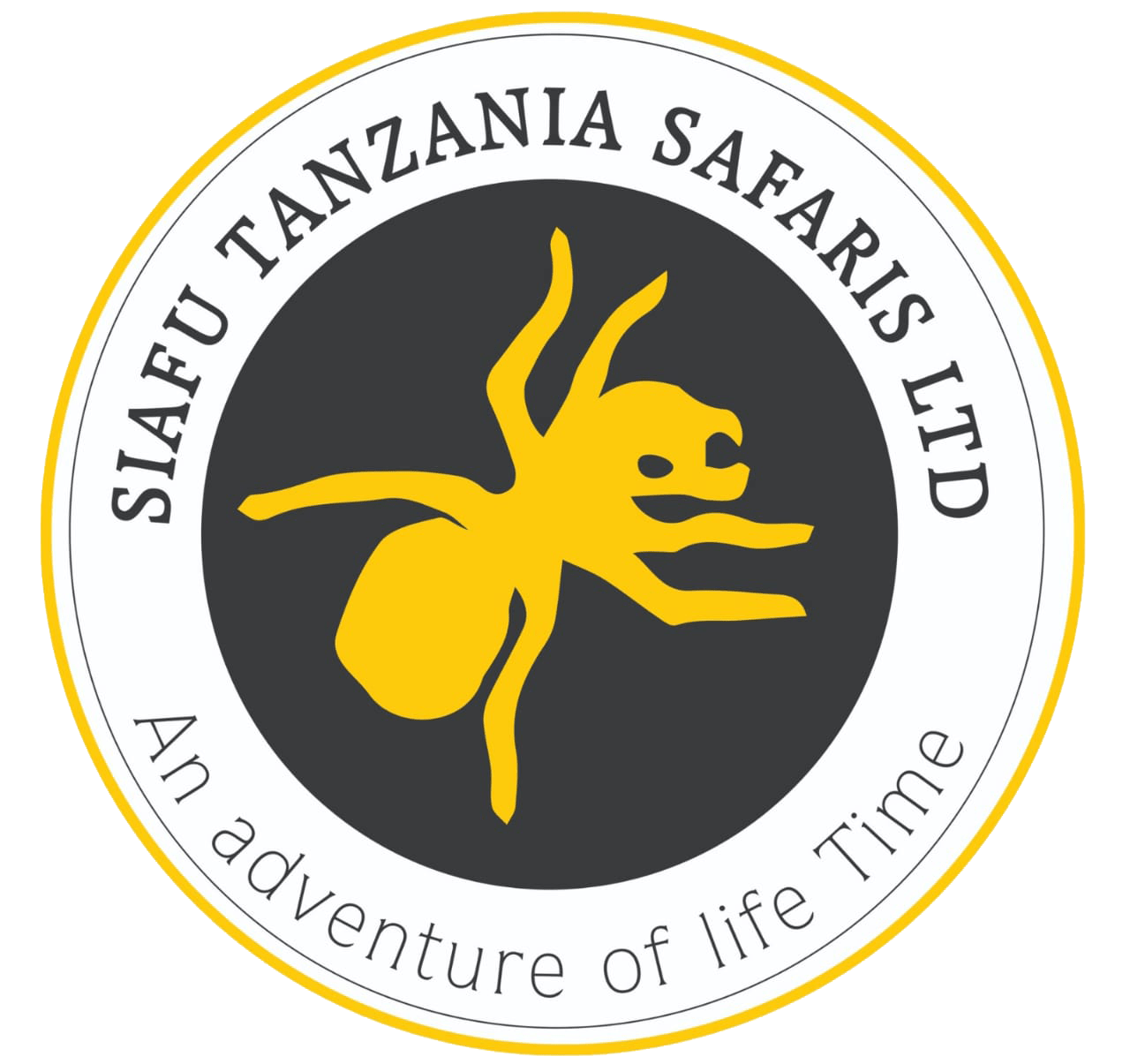The world’s longest and second-deepest freshwater lake
Location & Geography:
Lake Tanganyika is located in East Africa, bordered by four countries: Tanzania, the Democratic Republic of the Congo, Burundi, and Zambia. It is situated within the Great Rift Valley and is known as the world’s longest freshwater lake. The lake’s stunning topography includes deep rocky shores, sandy beaches, and crystal-clear waters.
Historical Significance:
Lake Tanganyika holds great historical significance, playing a pivotal role in the exploration of central Africa. It served as a vital trade route during the 19th-century Arab and European exploration periods, facilitating commerce and cultural exchange. There are also ancient archaeological sites and rock paintings found in the surrounding areas, offering glimpses into the region’s rich history.
Main Attractions:
1. Gombe Stream National Park: Located on the shores of Lake Tanganyika in Tanzania, this national park is renowned for its population of wild chimpanzees. Visitors can embark on guided hikes to observe and learn about these incredible primates in their natural habitat.
2. Mahale Mountains National Park: Another Tanzanian gem, Mahale Mountains National Park is famous for its chimpanzee population and breathtaking landscapes. Trek into the dense forests of the Mahale Mountains, encounter wildlife and enjoy mesmerizing views of the lake.
3. Kalemie: Situated in the Democratic Republic of the Congo, Kalemie is a bustling lakeside town with a rich cultural heritage. Explore the local markets, visit traditional fishing villages, and witness the vibrant Congolese way of life.
Activities and Experiences:
1. Scuba Diving: Lake Tanganyika is a paradise for scuba diving enthusiasts. Dive into the crystal-clear waters to discover an underwater world teeming with vibrant fish species, including cichlids found nowhere else on Earth.
2. Kayaking and Canoeing: Explore the lake’s breathtaking shores by kayaking or canoeing. Paddle along tranquil bays, visit secluded beaches and get up close to the diverse birdlife that calls Lake Tanganyika home.
3. Cultural Encounters: Immerse yourself in the local cultures surrounding Lake Tanganyika. Engage with the friendly communities, learn about their traditions and folklore, and savor delicious regional cuisines.
Best Time to Visit:
The best time to visit Lake Tanganyika is during the dry seasons, which occur from May to October and from December to February. The weather is generally warm and sunny, making it ideal for outdoor activities. The months of June to August are especially popular for travelers, so it’s recommended to plan in advance and book accommodations accordingly.
Getting There:
Lake Tanganyika can be accessed through different means of transportation:
– By Air: There are airports in nearby towns such as Bujumbura (Burundi), Kigoma (Tanzania), and Bukavu (Democratic Republic of the Congo), providing domestic and international flight connections.
– By Road: Well-maintained road networks connect major towns and cities to the lake’s coastal areas. Buses, taxis, and private cars are available for transport.
– By Ferry: Ferry services operate between various ports along the lake, offering scenic journeys and the opportunity to hop between different countries.




